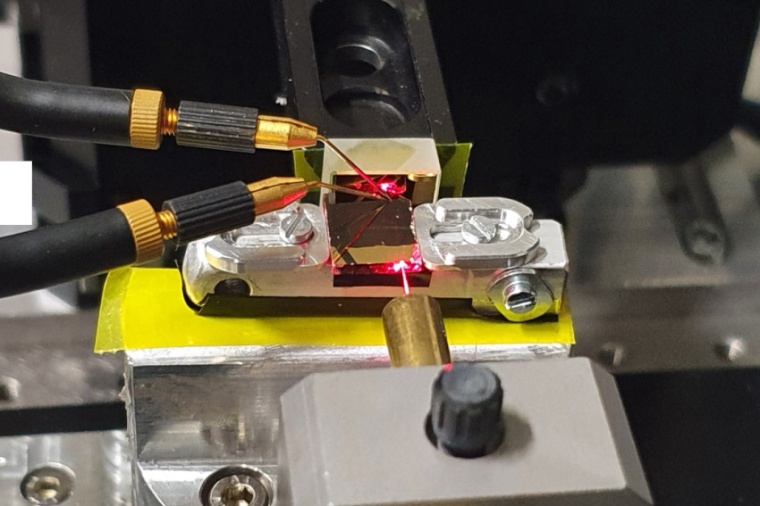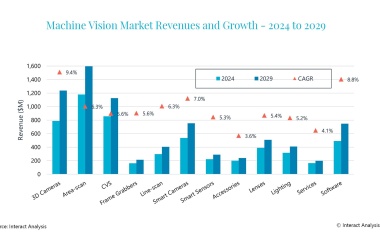Miniaturized infrared detectors
Monolithic integration of subwavelength IR photodetectors for tiny spectrometers.
Miniaturization of infrared spectrometers will lead to their wider use in consumer electronics, such as smartphones enabling food control, the detection of hazardous chemicals, air pollution monitoring and wearable electronics. They can be used for the quick and easy detection of certain chemicals without using laboratory equipment. Moreover, they can be useful for the detection of counterfeit medical drugs as well as of greenhouse gases such as methane and CO2.

A Team of scientists at Empa, ETH Zurich, EPFL, the University of Salamanca, Spain, the European Space Agency (ESA) and the University of Basel now built a proof-of-concept miniaturized Fourier-transform waveguide spectrometer that incorporates a subwavelength photodetector as a light sensor, consisting of colloidal mercury telluride quantum dot and compatible with complementary metal-oxide-semiconductor (CMOS) technology.
The resulting spectrometer exhibits a large spectral bandwidth and moderate spectral resolution of 50 cm−1 at a total active spectrometer volume below 100 μm × 100 μm × 100 μm. This ultra-compact spectrometer design allows the integration of optical-analytical measurement instruments into consumer electronics and space devices. “The monolithic integration of subwavelength IR photodetectors has a tremendous effect on the scaling of Fourier-transform waveguide spectrometers”, says Empa researcher Ivan Shorubalko. “But this may also be of great interest for miniaturized Raman spectrometers, biosensors and lab-on-a-chip devices as well as the development of high-resolution snapshot hyperspectral cameras.” (Source: Empa)
Link: Transport at Nanoscale Interfaces, Empa, Dübendorf, Switzerland











